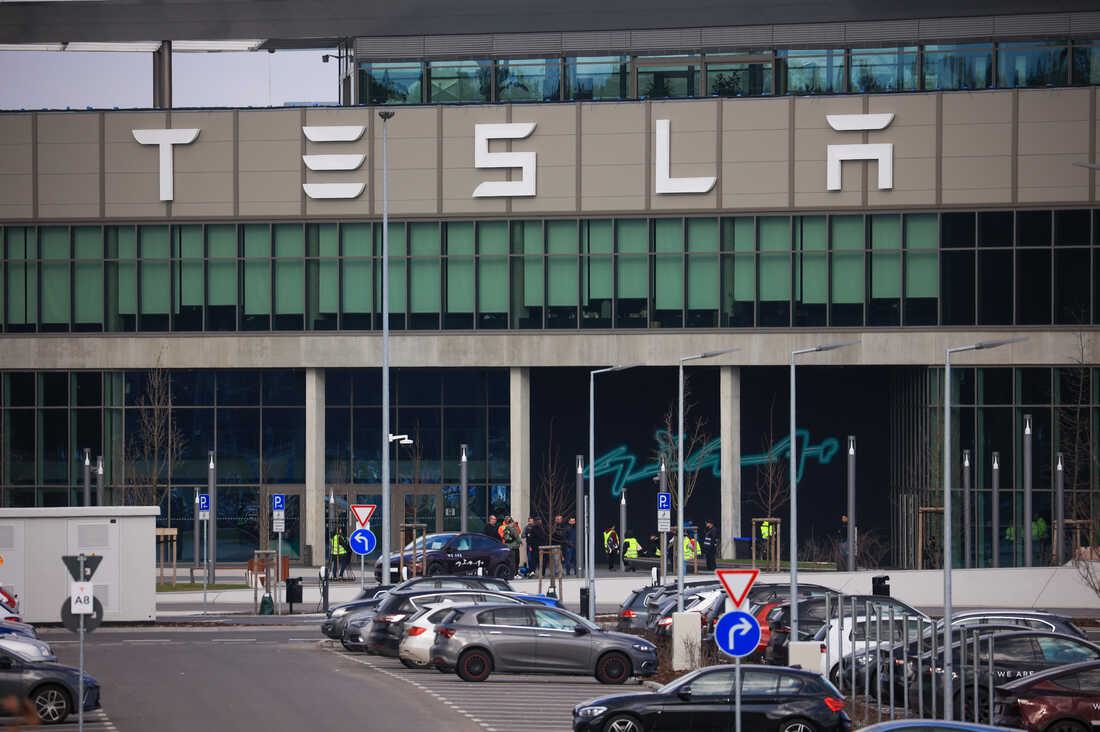The rise of dynamic pricing in UK supermarkets - Dispatch Weekly
July 4, 2017 - Reading time: 4 minutes

Supermarkets are changing their product prices depending on the day, time, season or demand. Dynamic – or surge pricing is a common practice in the hospitality, and travel industries. It now seems the trend has made its way into online grocery stores and is now looking to enter brick and mortar supermarkets.
Most people experience surge pricing when trying to book flights online or when booking an uber during peak times. Although this practice has previously only been available for companies that had the technology available to them, the introduction of electronic display price labels may be changing the retail game.
Supermarkets can insert electronic pricing by using a combination of electronic labels, supplied by companies like DisplayData, and customer data on purchase behaviour. Electronic labels can convey information about stock, incorporate social media reviews, and even connect with smartphones to send customers targeted promotions.

Electronic displays can be operated remotely using wireless technology from the retailer’s headquarters. Using surge prices and electronic displays will be an insight for retailers into the products they sell, the effect price changes have on shopping habits, and the benefit of on-shelf reviews to sales.
Coca Cola is one of the companies that has already been using location based surge prices in some US shops. They use the Google Cloud platform to send videos and discount coupons to customers that are in the store through their smartphones. Coca-Cola is able to target customers based on online browsing habits and spending profiles, ultimately achieving the most personalised location based marketing yet.
Dynamic Pricing in UK supermarkets
UK supermarkets are currently running trials with electronic pricing, pre-empting a full switch to dynamic pricing across the store. One way supermarkets can use electronic pricing to benefit both the retailer and the customer can be found in Marks & Spencer’s recent trial. In this trial, M&S sold sandwiches at a discount in the morning in the hopes to encourage shoppers to buy lunch early and beat the “mad-rush” during lunch.

A full shift to electronic pricing means supermarkets will not only be able to respond dynamically to shifts in demand, but that it might signify a shift to a market where retailers can analyse behaviours to boost performances of select products.
The push for dynamic pricing initiatives in the retail industry comes, as European analyst at Mintel Neil Mason explains, from the need for the retail industry to become quick, efficient, and responsive to the marketplace.
Andrew Dark, chief executive of DisplayData, one of the world’s leading suppliers of electronic shelf labels, confirms the popularity of electronic pricing in the UK. Mr Dark explains how the demand for electronic displays has increased and predictions show that:
over the next five years, most major retail outlets will move to this new system of electric pricing displays and dynamic pricing.
Mr Dark estimates that if the technology were implemented in every store, ten million prices could be changed within 24 seconds, not only speeding up the process, but also helping to cut food waste, and making pricing more accurate.
This could mean that soon, the prices you see in store would be fully personalised to you, and only you.

DW Staff
David Lintott is the Editor-in-Chief, leading our team of talented freelance journalists. He specializes in covering culture, sport, and society. Originally from the decaying seaside town of Eastbourne, he attributes his insightful world-weariness to his roots in this unique setting.




